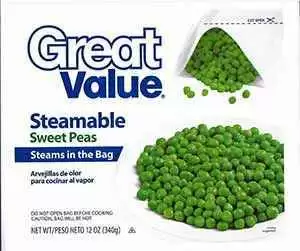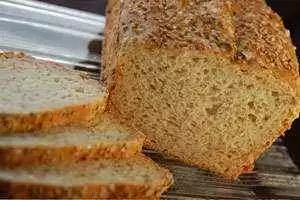Celiac.com 05/20/2013 - A team of researchers recently looked at the influence of various proteins on the quality of gluten-free bread formulas. Specifically, the team looked at the influence of different concentrates or isolates of protein on the structure, properties and aging of gluten-free bread.
 The research team included Rafał Ziobroa, Teresa Witczakb, Lesław Juszczakc, and Jarosław Korusa. They are affiliated with the Department of Carbohydrates Technology, the Department of Engineering and Machinery for Food Industry, and the Department of Analysis and Evaluation of Food Quality, at the University of Agriculture, in Krakow, Poland.
The research team included Rafał Ziobroa, Teresa Witczakb, Lesław Juszczakc, and Jarosław Korusa. They are affiliated with the Department of Carbohydrates Technology, the Department of Engineering and Machinery for Food Industry, and the Department of Analysis and Evaluation of Food Quality, at the University of Agriculture, in Krakow, Poland.
Celiac.com Sponsor (A12):
For their study they made gluten-free breads from dough that included albumin, collagen, pea, lupine or soy protein.
They then analyzed the rheological properties of the dough, and found that bread made with added test proteins showed major differences in its visco-elastic properties.
Different flours had different effects on specific volume of the loaves. Soy protein and collagen reduced bread volume, while lupine and albumin significantly increased bread volume.
In each case, the added proteins had a noticeable impact on the color and textural properties of bread crumbs.
Most of the protein preparations significantly decreased hardness and chewiness of the crumb compared to the control sample.
Overall, the dough that contained pea protein yielded bread with the most acceptable qualities. The study demonstrated that pea protein created the most acceptable flavor, color, smell and bread crumb in the final product.
Soy protein proved to be the least acceptable of those tested, as it produced loaves with smaller volume and a compact structure. The results of this study show that adding pea protein can improve bread quality, and help to slow staling of starch based bread.
Source:
- Open Original Shared Link







Recommended Comments